Home>Home Appliances>Heating & Cooling>How To Hide Central Heating Pipes


Heating & Cooling
How To Hide Central Heating Pipes
Published: February 15, 2024
Learn how to hide central heating pipes to improve the aesthetics of your space. Discover creative solutions for concealing heating and cooling elements.
(Many of the links in this article redirect to a specific reviewed product. Your purchase of these products through affiliate links helps to generate commission for Storables.com, at no extra cost. Learn more)
Introduction
When it comes to creating a cozy and inviting living space, central heating systems play a pivotal role in maintaining a comfortable temperature. However, the sight of exposed heating pipes can detract from the overall aesthetics of a room. Fortunately, there are effective methods for concealing these essential yet unsightly components, allowing you to maintain a seamless and visually appealing interior design.
Concealing central heating pipes not only enhances the visual appeal of a room but also contributes to a sense of tidiness and organization. By effectively hiding these pipes, you can create a more polished and streamlined look, allowing the focus to remain on the decor and furnishings rather than on the utilitarian aspects of the heating system.
In this comprehensive guide, we will explore the step-by-step process of concealing central heating pipes, providing you with the knowledge and confidence to undertake this project. From choosing the right concealment method to adding the finishing touches, each step is designed to help you achieve a seamless and aesthetically pleasing result.
Whether you are a seasoned DIY enthusiast or a novice homeowner looking to enhance the visual appeal of your living space, this guide will equip you with the necessary insights and techniques to effectively hide central heating pipes. With a bit of creativity and the right approach, you can transform the look of your interior while maintaining the functionality of your heating system. So, let's dive into the process and discover how to seamlessly conceal those central heating pipes!
Key Takeaways:
- Transform unsightly central heating pipes into seamless design elements by choosing the right concealment method, preparing the pipes meticulously, and adding finishing touches for a polished and visually appealing outcome.
- Concealing central heating pipes is a creative opportunity to merge functionality with design, enhancing the visual appeal and practicality of your living space while reflecting your unique aesthetic vision.
Read more: Why Do Central Heating Pipes Make Noise
Step 1: Choosing the Right Concealment Method
Concealing central heating pipes involves selecting the most suitable method to seamlessly integrate them into the room's design. The chosen concealment approach should not only effectively hide the pipes but also complement the overall aesthetic of the space. Here are several methods to consider:
1. Built-In Cabinets or Shelving
Integrating the heating pipes within built-in cabinets or shelving units is a popular and practical concealment method. By incorporating the pipes into the design of these storage solutions, you can effectively hide them while maximizing the functionality of the space. This approach offers a seamless and cohesive look, especially when the cabinets or shelves are strategically positioned to blend with the room's layout.
2. Boxing-In
Boxing-in the central heating pipes involves constructing a casing around them, typically using materials that match the room's decor. This method allows for a customized and tailored approach, as the casing can be designed to blend seamlessly with the existing interior design. Additionally, boxing-in provides easy access to the pipes for maintenance while effectively concealing them from view.
3. Decorative Cladding
Utilizing decorative cladding, such as wooden panels or PVC covers, offers a versatile and visually appealing solution for hiding central heating pipes. These cladding options come in various finishes and styles, allowing you to choose a design that complements the room's aesthetic. Whether opting for natural wood tones or sleek, modern finishes, decorative cladding provides a customizable approach to concealing heating pipes.
Read more: How To Hide Plumbing Pipes
4. False Walls or Ceilings
Creating false walls or ceilings to conceal central heating pipes is a more extensive but highly effective method. This approach involves constructing a secondary wall or ceiling to house the pipes, effectively hiding them from view. False walls and ceilings offer the flexibility to integrate additional insulation for improved energy efficiency while providing a seamless and unobtrusive solution for concealing the heating infrastructure.
When choosing the right concealment method, it's essential to consider the room's layout, existing decor, and your personal preferences. Each approach offers unique benefits, allowing you to select the method that best aligns with your aesthetic vision and practical requirements. By carefully evaluating these options, you can embark on the next steps of preparing and concealing the central heating pipes with confidence and clarity.
Step 2: Preparing the Pipes for Concealment
Before embarking on the process of concealing central heating pipes, it is crucial to adequately prepare the pipes to ensure a seamless and effective concealment. Proper preparation not only facilitates the concealment process but also contributes to the long-term durability and functionality of the heating system. Here's a detailed overview of the essential steps involved in preparing the pipes for concealment:
1. Cleaning and Inspection
Begin by thoroughly cleaning the exposed heating pipes to remove any accumulated dust, debris, or residue. This initial cleaning step is essential for ensuring a smooth and uniform surface, which is crucial for the subsequent concealment process. Additionally, conduct a comprehensive inspection of the pipes to identify any signs of wear, corrosion, or damage that may require attention before concealment.
2. Surface Treatment
Once the pipes are clean and free of any surface imperfections, consider applying a suitable surface treatment to enhance their appearance and durability. Depending on the material of the pipes, such as copper or PVC, you may opt for protective coatings or finishes that not only improve the aesthetic appeal but also provide added protection against corrosion and environmental factors.
Read more: How To Hide Pipes In Basement
3. Securing and Aligning
Ensure that the heating pipes are securely fastened and properly aligned before proceeding with the concealment process. Loose or misaligned pipes can lead to complications during the concealment phase and may result in uneven or obstructed concealment. By securing and aligning the pipes, you create a stable foundation for the subsequent concealment method, whether it involves boxing-in, cladding, or integration within built-in structures.
4. Accessibility Considerations
While preparing the pipes for concealment, it is essential to factor in accessibility for future maintenance and inspection. Evaluate the accessibility of valves, joints, and other crucial components to ensure that they remain easily reachable even after the concealment is complete. Incorporating access points or removable panels within the concealment design can facilitate maintenance and troubleshooting without the need for extensive dismantling.
5. Coordination with Concealment Method
Lastly, consider how the chosen concealment method aligns with the prepared pipes. Whether integrating the pipes within built-in cabinets, boxing them in, or utilizing decorative cladding, ensure that the prepared pipes seamlessly fit into the concealment design. This coordination ensures a harmonious and cohesive concealment outcome, where the pipes become seamlessly integrated into the room's aesthetic without compromising functionality.
By meticulously preparing the central heating pipes for concealment, you set the stage for a successful and visually appealing outcome. These preparatory steps not only contribute to the seamless integration of the pipes within the room's design but also prioritize the long-term functionality and accessibility of the heating system. With the pipes adequately prepared, you can confidently proceed to the next phase of concealing them, knowing that the foundation for a polished and effective concealment has been established.
Step 3: Concealing the Pipes
With the central heating pipes adequately prepared, the next crucial step involves the actual process of concealing them to seamlessly integrate with the room's design. This phase requires careful execution and attention to detail to ensure a polished and visually appealing outcome. Here's a detailed overview of the essential considerations and steps involved in concealing the central heating pipes:
Read more: How To Install Central Heating
1. Implementing the Chosen Method
Depending on the selected concealment method, whether it involves built-in cabinets, boxing-in, decorative cladding, or false walls/ceilings, begin by implementing the chosen approach. If integrating the pipes within built-in cabinets or shelving, ensure that the design allows for easy access to the pipes while effectively concealing them within the structure. For boxing-in, carefully construct the casing around the pipes, ensuring a precise fit and seamless integration with the room's decor. When utilizing decorative cladding, follow the specific installation guidelines to achieve a uniform and visually appealing concealment. In the case of false walls or ceilings, proceed with the construction process, ensuring that the concealed pipes are positioned securely and inconspicuously within the new structure.
2. Seamless Integration
As the concealment method is implemented, prioritize seamless integration to ensure that the central heating pipes blend harmoniously with the room's aesthetic. Whether the concealment involves wood finishes, painted surfaces, or customized casings, strive for a cohesive look that complements the existing decor. Pay attention to details such as color coordination, texture matching, and overall visual continuity to achieve a polished and integrated concealment outcome.
3. Accessibility and Functionality
While concealing the pipes, maintain a focus on accessibility and functionality. Ensure that the chosen concealment method allows for easy access to valves, joints, and other essential components for maintenance and inspection purposes. Whether incorporating removable panels, access points, or strategically positioned openings, prioritize the practicality of the concealment design without compromising the heating system's functionality.
4. Quality and Precision
Throughout the concealment process, emphasize quality and precision to achieve a professional and refined outcome. Whether it involves carpentry work, cladding installation, or false structure construction, meticulous attention to detail is essential. Strive for even surfaces, secure fittings, and seamless transitions to create a visually appealing concealment that reflects a high standard of craftsmanship.
By meticulously following these steps and considerations, you can effectively conceal the central heating pipes, transforming them from utilitarian components into seamlessly integrated elements of the room's design. With a focus on precision, integration, and practicality, the concealment process culminates in a visually appealing and functional outcome that enhances the overall aesthetics of the living space.
Read more: How To Turn On Central Heating
Step 4: Finishing Touches
After successfully concealing the central heating pipes, the final phase involves adding the finishing touches to ensure a seamless and polished outcome. These subtle yet essential details contribute to the overall cohesiveness of the concealment and elevate the visual appeal of the room. Here's a detailed exploration of the key finishing touches to consider:
1. Paint or Finish Matching
Ensure that the concealed pipes and their surrounding structures, such as built-in cabinets, boxing-in casings, or decorative cladding, receive a consistent paint or finish treatment. Matching the color and finish to the room's existing decor creates a unified and harmonious look, effectively integrating the concealed pipes into the overall aesthetic.
2. Trim and Molding
Incorporate trim and molding elements to refine the edges and transitions of the concealment structures. Well-executed trim work adds a sense of refinement and completeness, creating a seamless integration of the concealed pipes within the room's architecture. Whether utilizing crown molding, baseboards, or custom trim, these details contribute to a polished and cohesive concealment outcome.
3. Concealment Integration with Lighting
Consider integrating lighting elements within or around the concealed structures to enhance their visual impact. Strategically placed lighting can accentuate the concealment design, drawing attention to the seamless integration of the pipes while adding a subtle layer of ambiance to the room. Whether through recessed lighting, sconces, or LED strips, thoughtful lighting integration elevates the overall aesthetic appeal.
Read more: How To Use Central Heating
4. Decorative Accents
Incorporate decorative accents, such as artwork, mirrors, or decorative panels, to further enhance the concealment design. These accents serve to draw attention to the room's decor while complementing the concealed pipes. By strategically placing decorative elements, you can create focal points that divert attention from the heating infrastructure, contributing to a cohesive and visually engaging interior.
5. Maintenance Access Points
Ensure that the concealment design incorporates accessible points for maintenance and inspection. Whether through removable panels, hinged access doors, or discreetly positioned openings, prioritizing maintenance access maintains the functionality of the heating system while preserving the seamless appearance of the concealment.
By attending to these finishing touches, you elevate the concealment of central heating pipes from a practical necessity to a refined and integrated element of the room's design. Each detail contributes to a cohesive and visually appealing outcome, allowing the concealed pipes to harmoniously blend with the overall aesthetic while maintaining their essential functionality.
Conclusion
In conclusion, the process of concealing central heating pipes is a transformative endeavor that goes beyond mere practicality, extending into the realm of interior design and visual cohesion. By carefully choosing the right concealment method, preparing the pipes with meticulous attention to detail, and executing the concealment process with precision, homeowners can achieve a seamless integration of heating infrastructure within their living spaces.
The act of concealing central heating pipes transcends the functional aspect of maintaining a tidy and organized interior. It represents a conscious effort to elevate the visual appeal of a room, allowing the focus to remain on the decor, furnishings, and overall ambiance. Through the strategic integration of built-in cabinets, decorative cladding, or false walls/ceilings, homeowners can effectively transform the utilitarian components of a heating system into seamlessly integrated elements of the room's design.
Furthermore, the emphasis on accessibility and functionality throughout the concealment process ensures that practical considerations are not compromised in favor of aesthetics. By incorporating maintenance access points, aligning the concealment design with lighting elements, and adding refined finishing touches such as paint matching and decorative accents, homeowners can achieve a harmonious balance between visual appeal and practicality.
Ultimately, the successful concealment of central heating pipes contributes to a sense of cohesiveness and refinement within the living space. It allows homeowners to create an environment where the heating infrastructure seamlessly blends with the overall aesthetic, enhancing the comfort and visual appeal of the room.
As homeowners embark on the journey of concealing central heating pipes, they are empowered to infuse their living spaces with creativity, attention to detail, and a commitment to visual harmony. The process represents an opportunity to merge functionality with design, resulting in a polished and visually engaging interior that reflects the homeowner's unique aesthetic vision.
In essence, the act of concealing central heating pipes is a testament to the transformative power of thoughtful design and meticulous execution. It exemplifies the potential to turn utilitarian elements into integrated features that contribute to the overall beauty and functionality of a home. With the knowledge and insights gained from this guide, homeowners can embark on the journey of concealing central heating pipes with confidence, knowing that they are enhancing both the visual appeal and practicality of their living spaces.
Frequently Asked Questions about How To Hide Central Heating Pipes
Was this page helpful?
At Storables.com, we guarantee accurate and reliable information. Our content, validated by Expert Board Contributors, is crafted following stringent Editorial Policies. We're committed to providing you with well-researched, expert-backed insights for all your informational needs.
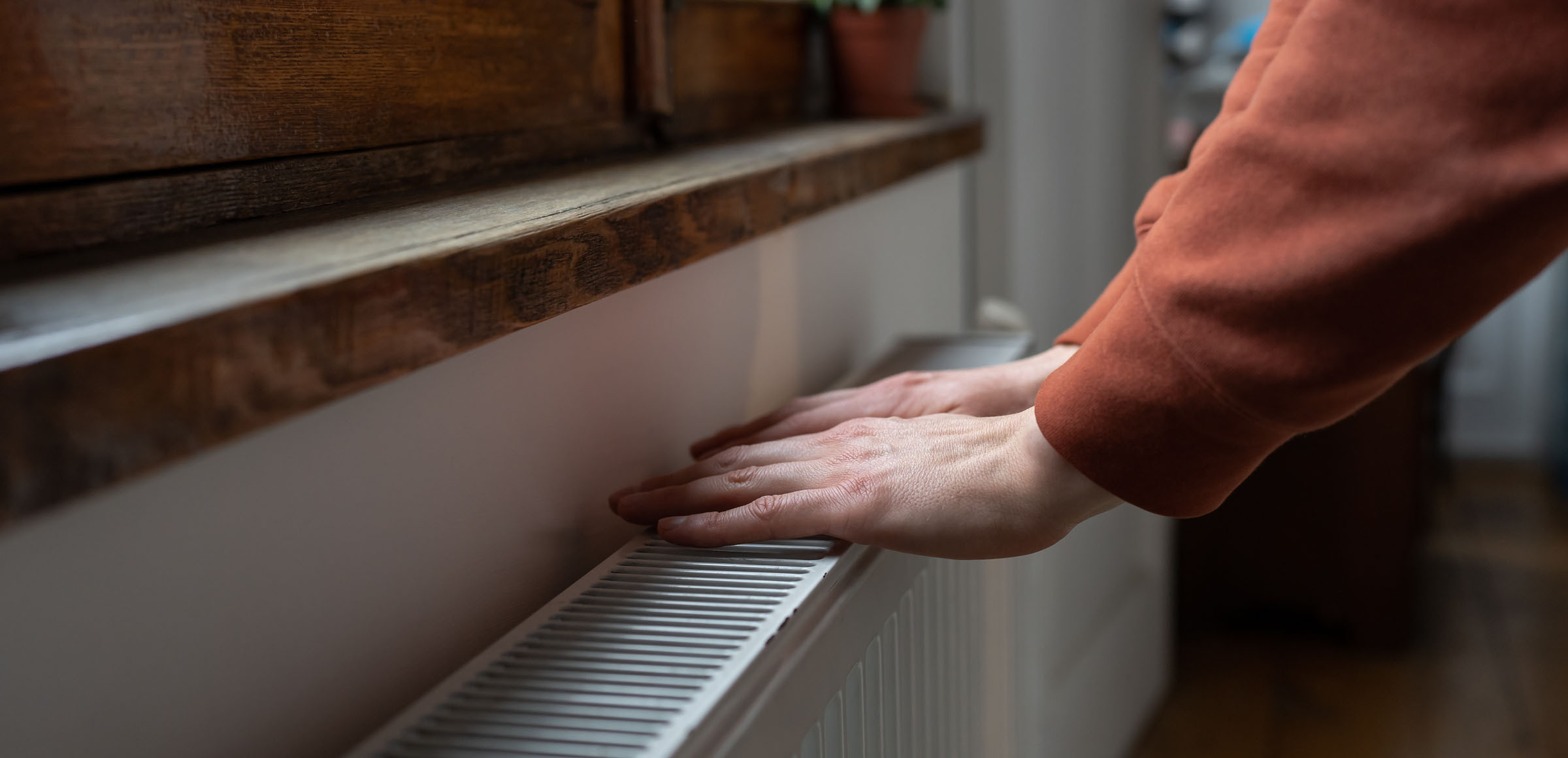
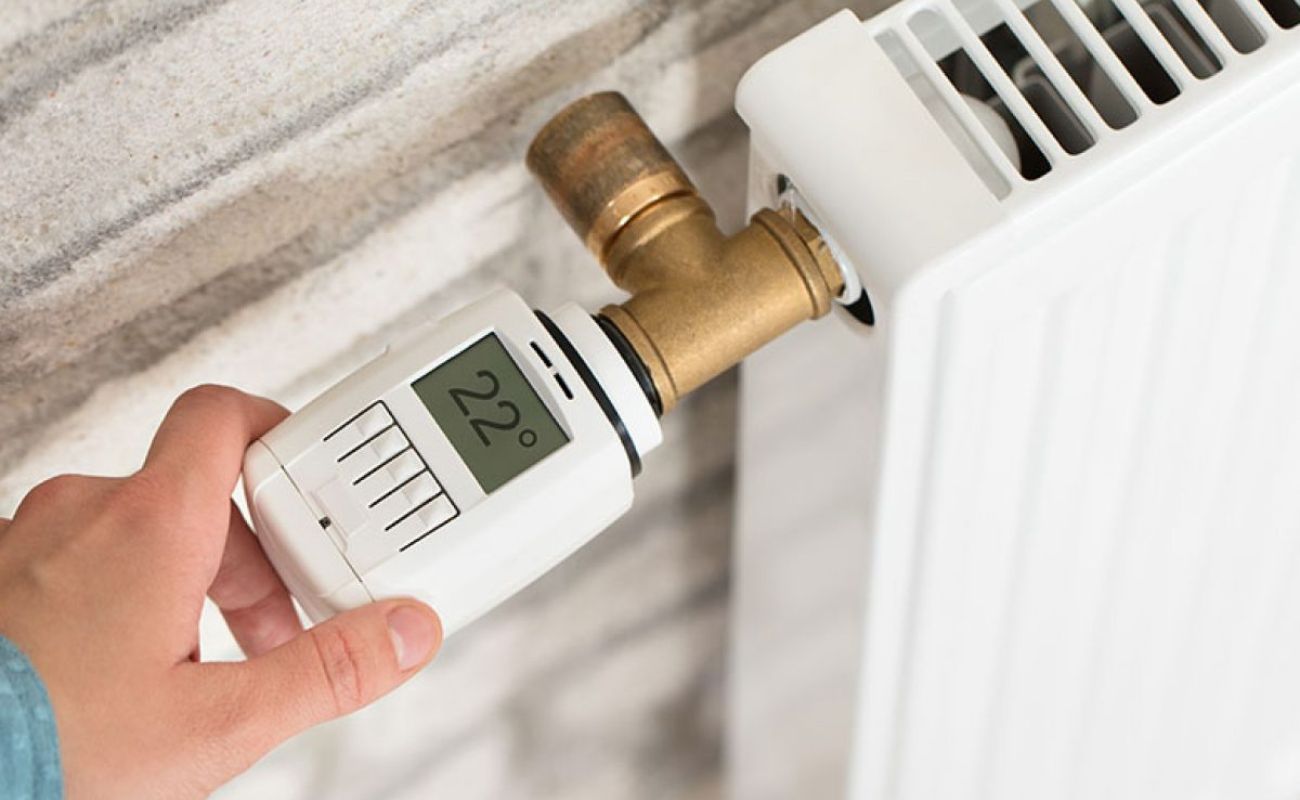
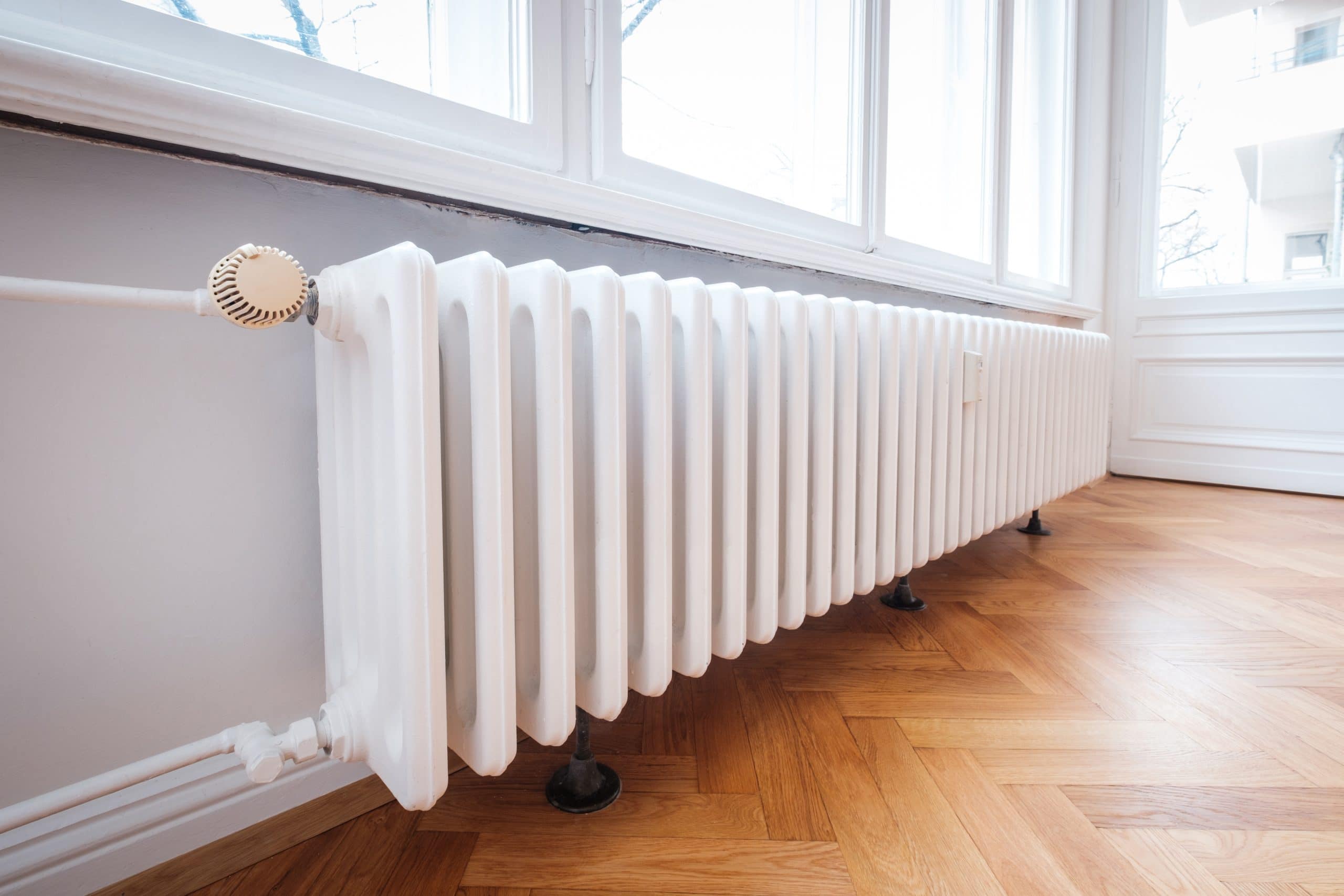
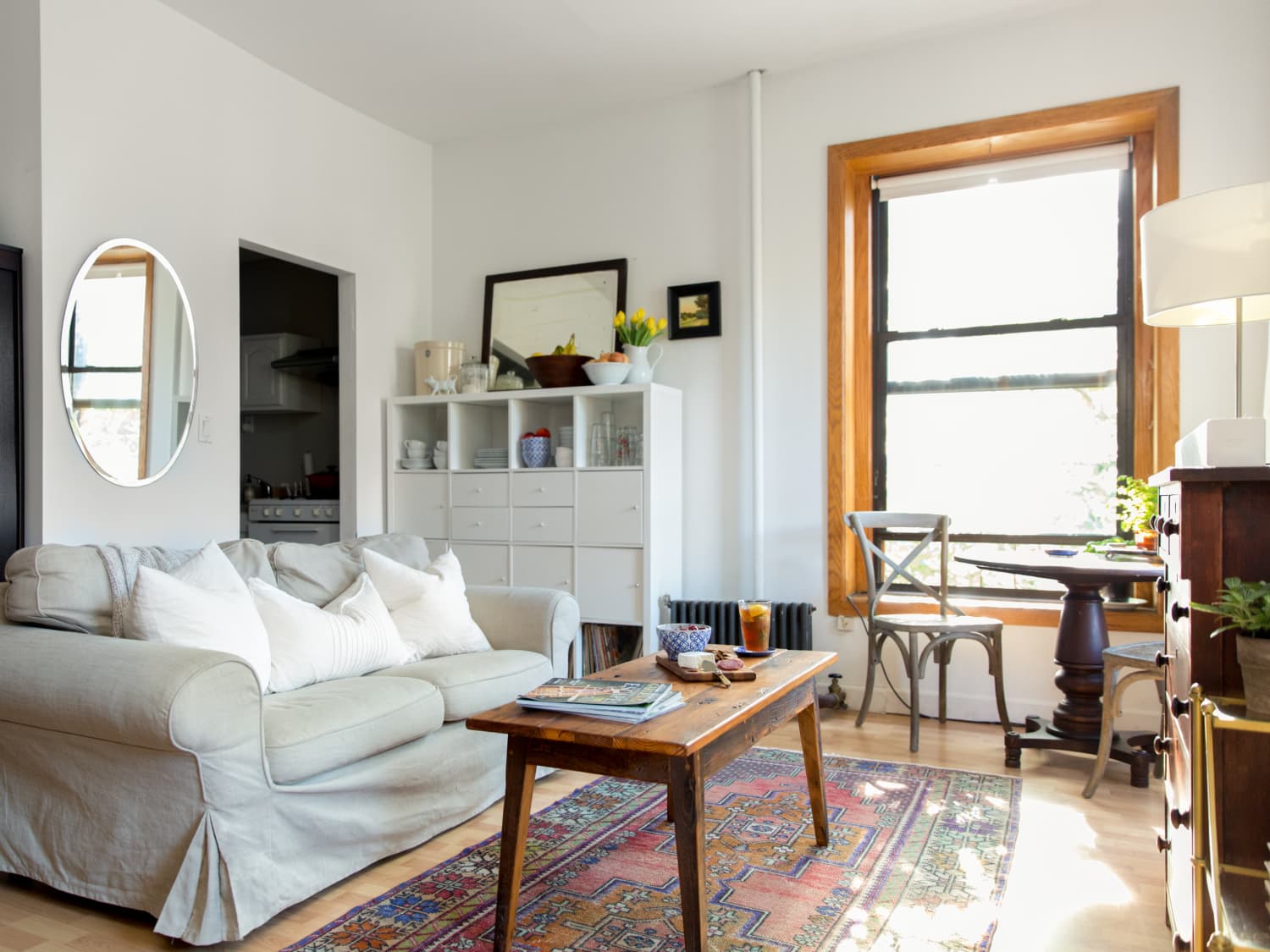
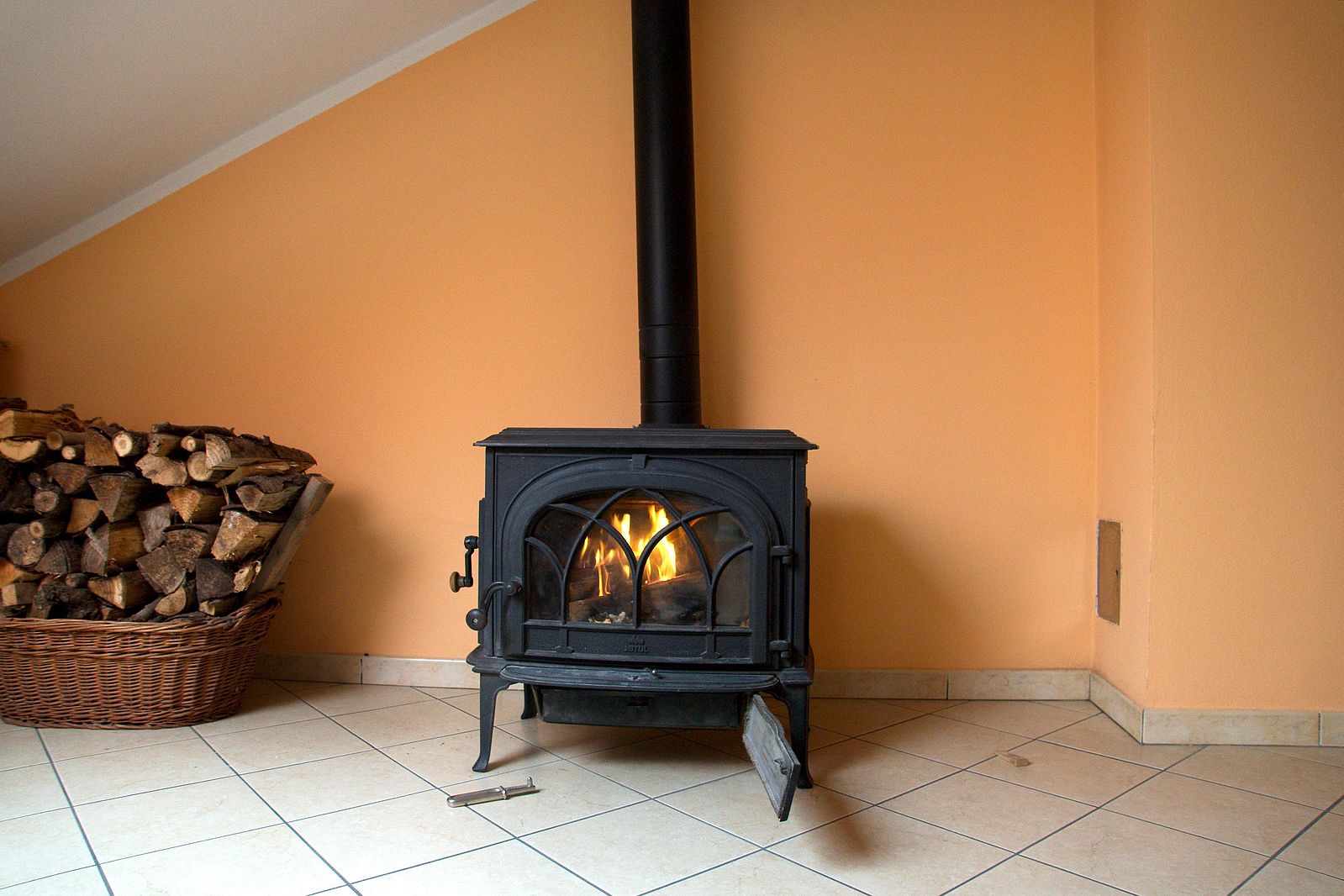
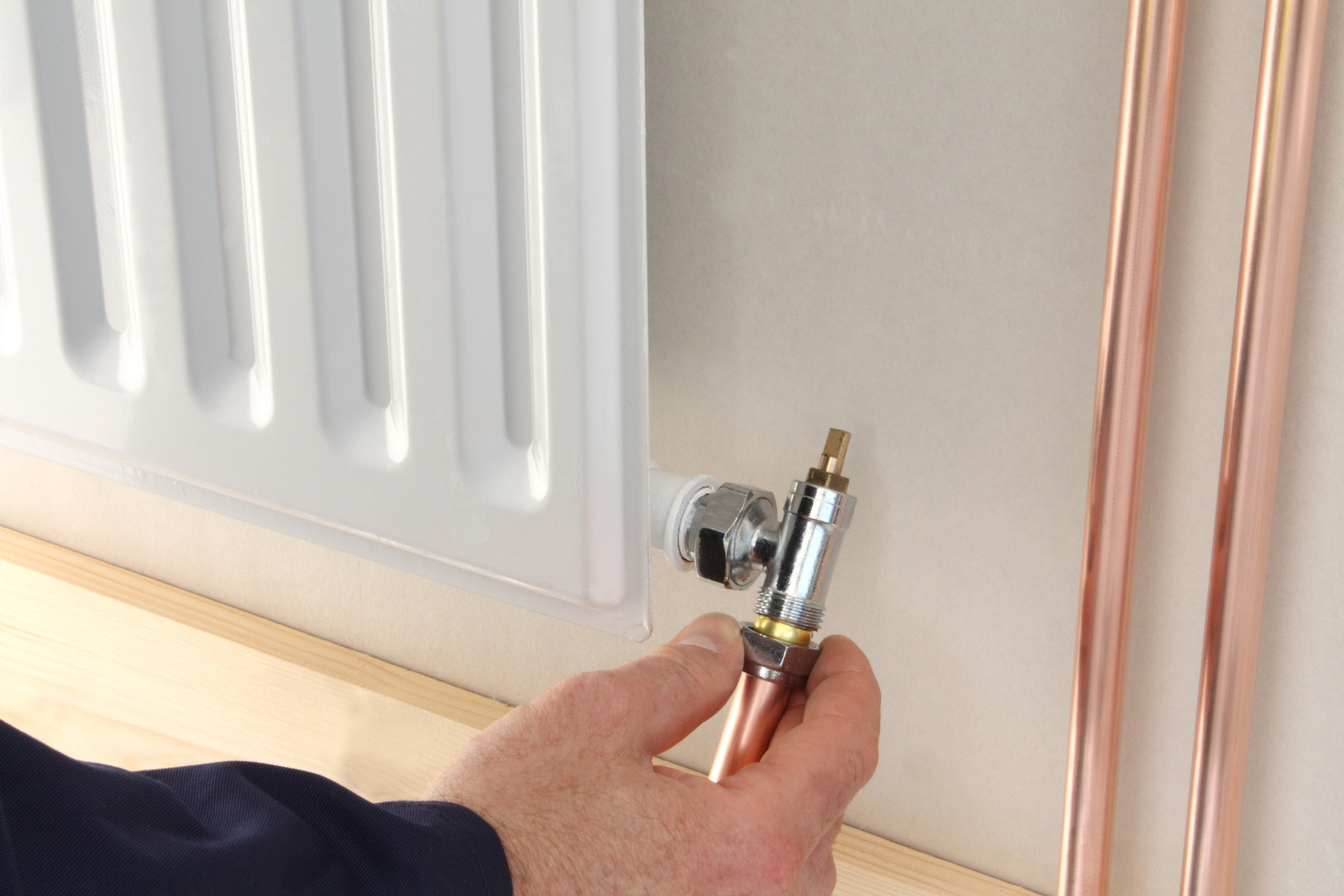
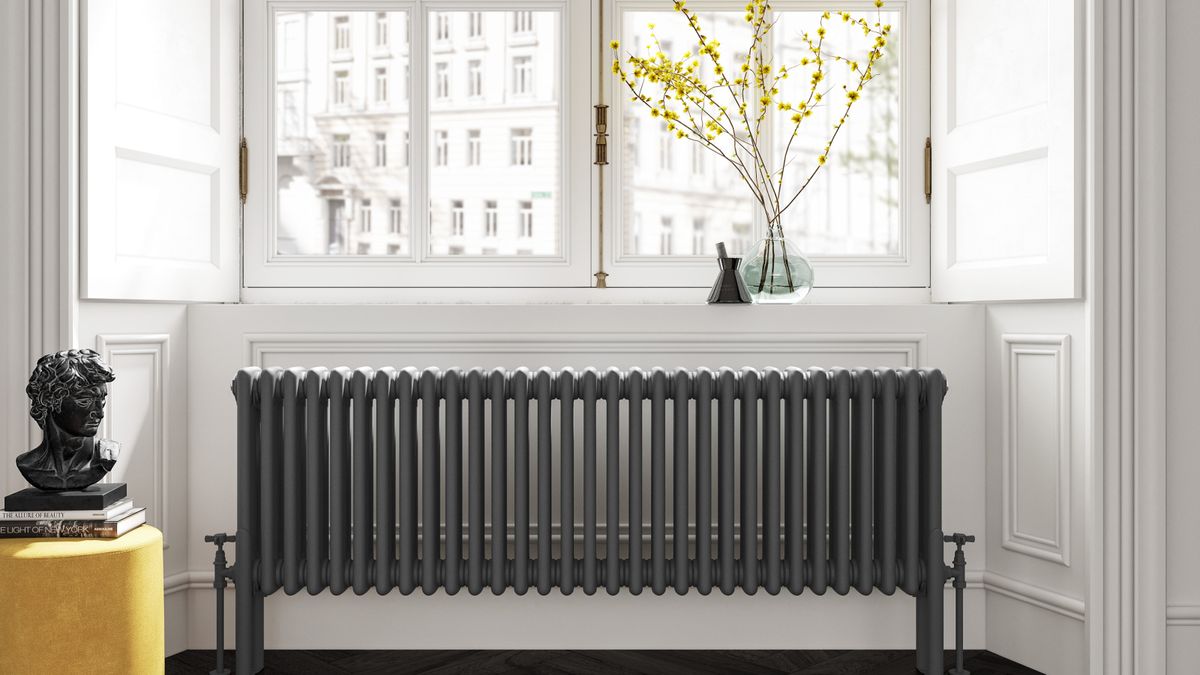
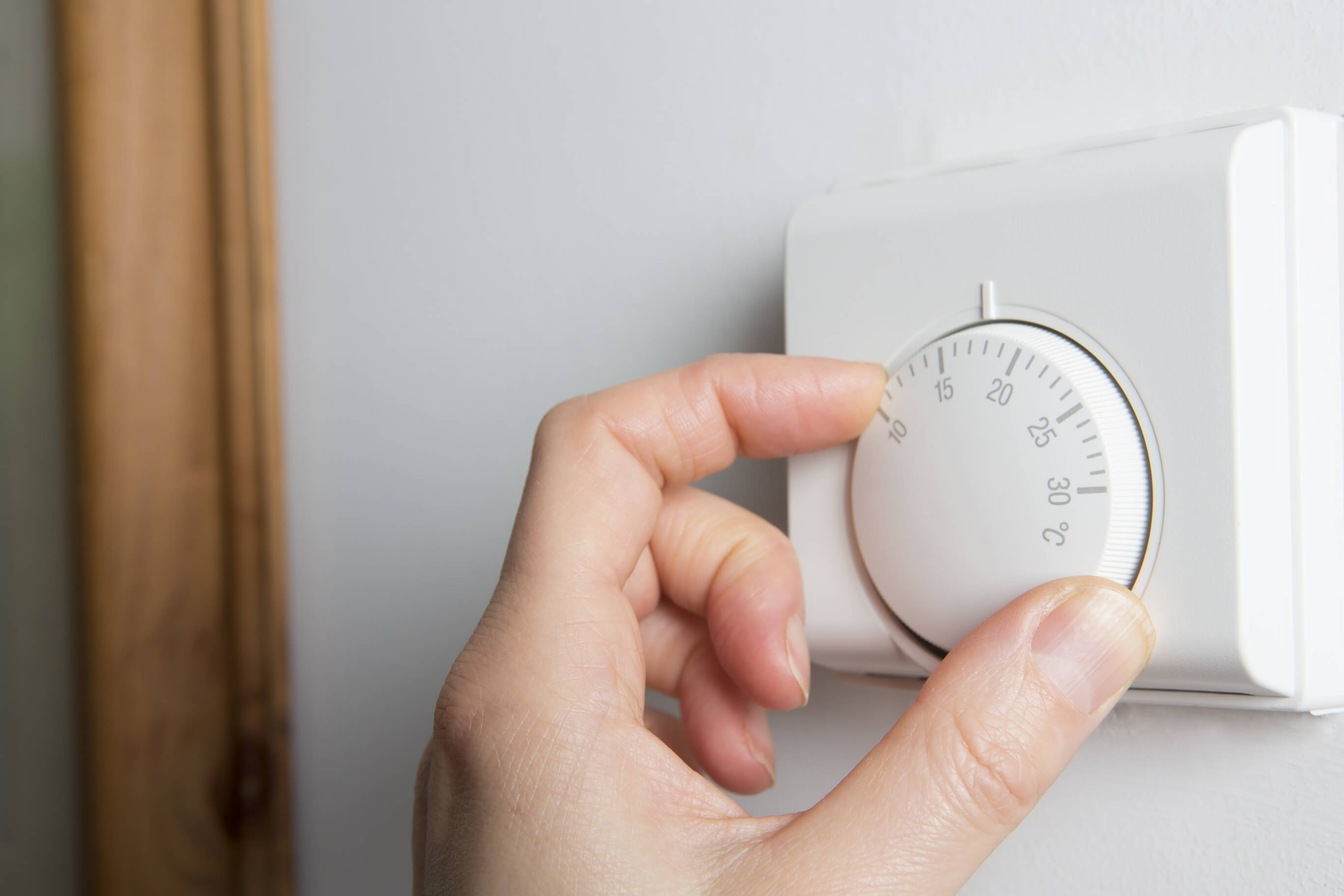
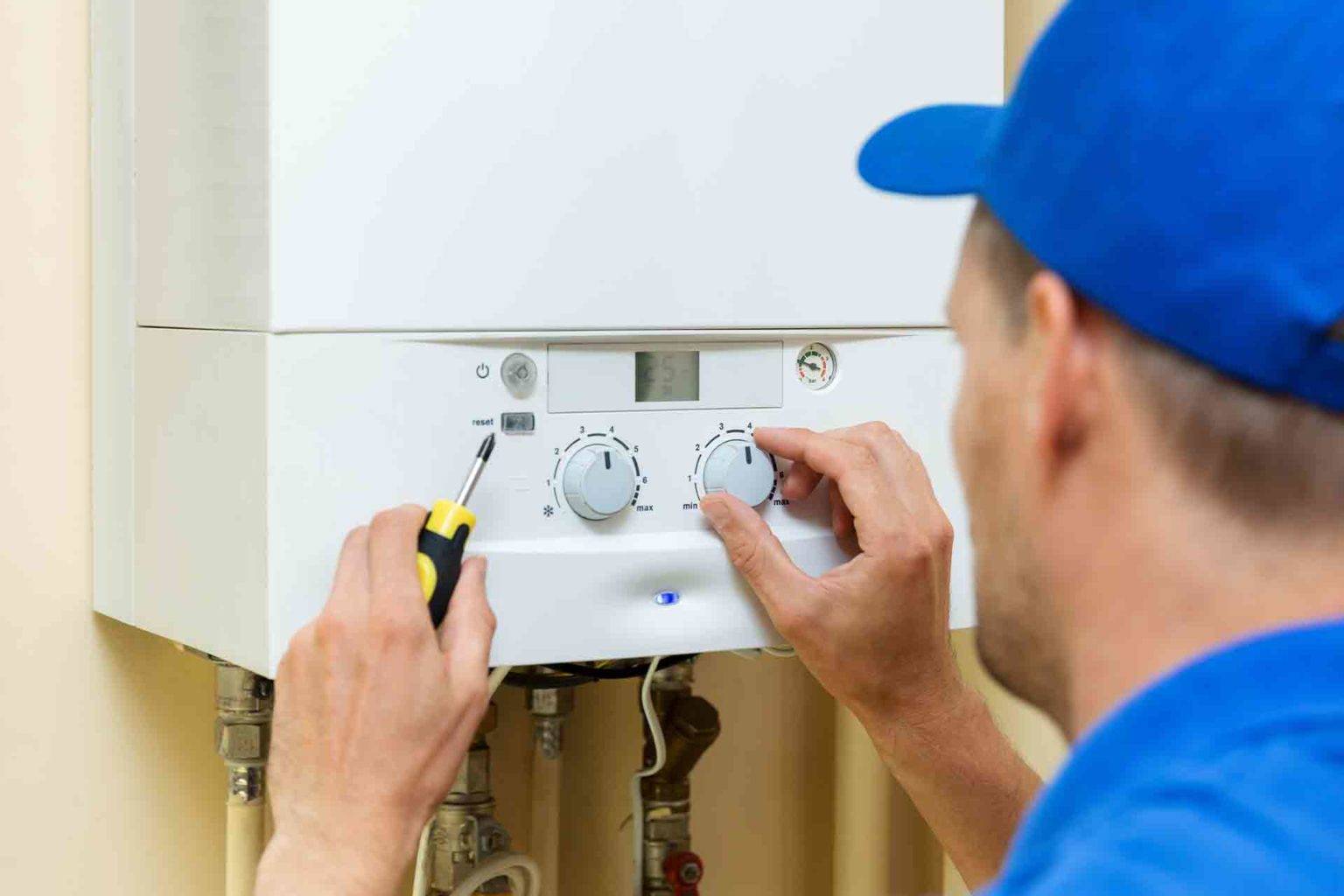
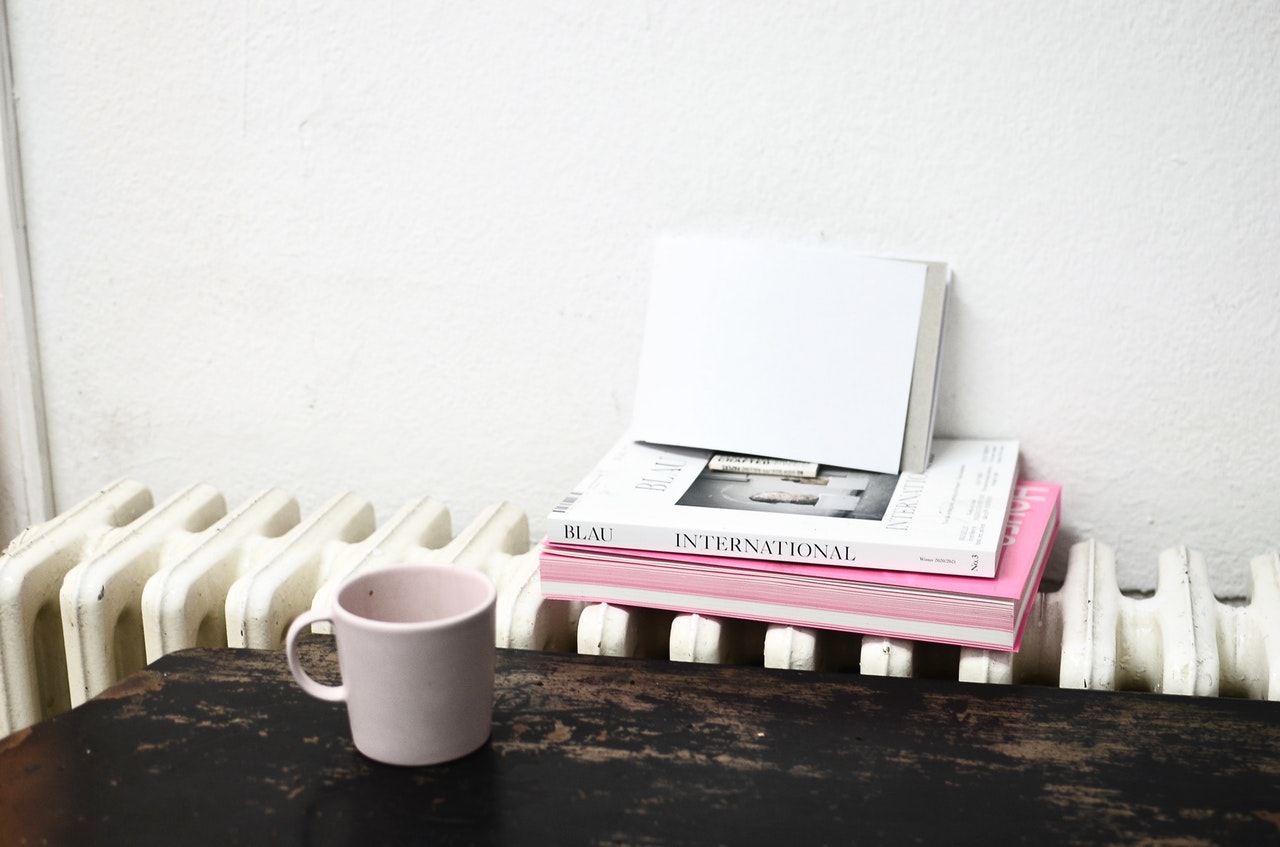

0 thoughts on “How To Hide Central Heating Pipes”